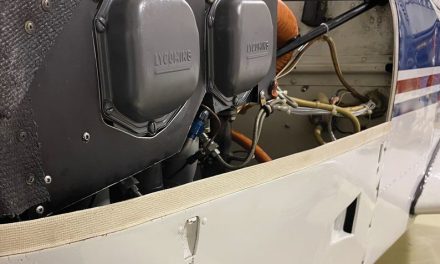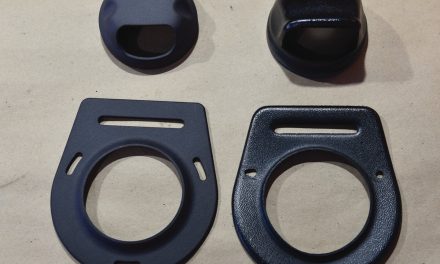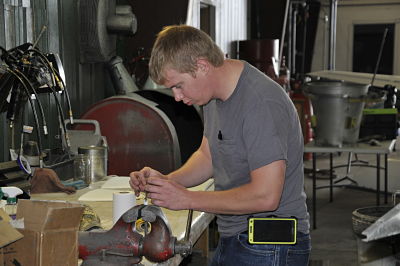The Cylinder Break-in Information Gap is Discussed by Pilots Young and Old
This Cherokee cylinder break-in article is exclusive to the Piper Owner Society. Separately, Kay Hall posts her videos on YouTube, as seen above.
Help on this topic if you can by visiting our forum: Click Here.
By Kay Hall, FlyWithKay
My Lycoming 180 hp normally aspirated engine has been very consistent when it comes to cylinder head temperature. The number three cylinder has always run the hottest and can exceed the 420-degree threshold on climb if I lean the engine too fast. Learning the personality of your engine helps you identify issues quickly when they arise.
A few weeks ago, on takeoff, I was surprised to see my number 2 cylinder got hotter than the number 3. I wouldn’t have been too concerned had it been another rear cylinder, but the number 2 is out front, which gets a lot of airflow. Even in cruise, the temp was running high when I leaned it. So, I stopped leaning it until I could get it checked out. Lo and behold it had developed a crack that was letting hot gasses escape, heating up my temperature probe.
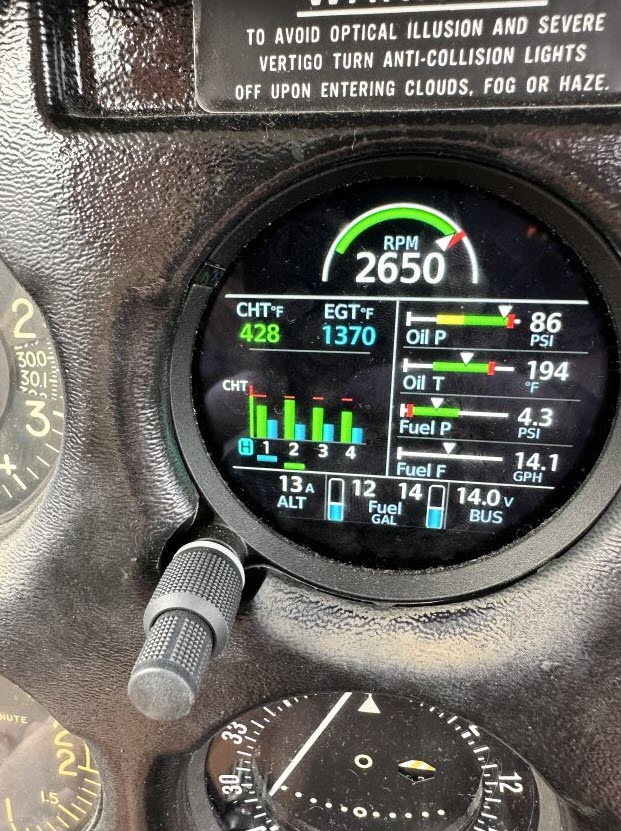
I put a lot of stress on my airplane by doing live broadcasts from her, which is probably the reason it developed the problem. Unfortunately, one problem leads to another, and the cylinder waitlist was around 19 weeks. I could still fly Lil Red, but I couldn’t lean her out. I was a gas guzzling environmental disaster for a few weeks. Luckily, unannounced, my cylinder showed up after just two weeks. I guess the supply chain problem is finally easing a bit (hopefully).
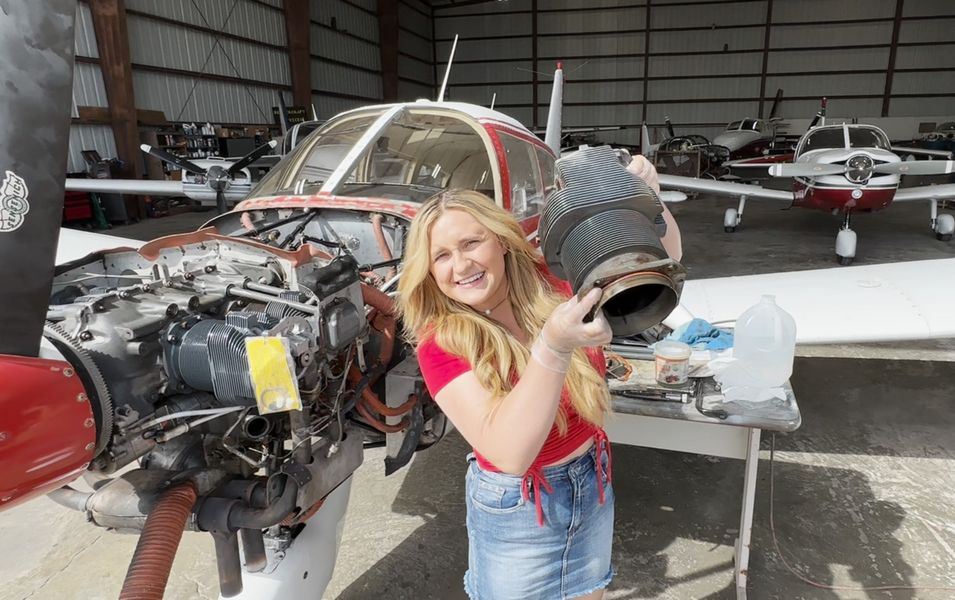
My A&P is fantastic and put my cylinder in the day after getting it. He knows I’m on social media and my airplane is a critical part of that. This moved me to the next phase (which I’m still currently in): Break-In!
Cherokee cylinder break-in is is pretty straightforward. Lycoming gives this guidance:
- Minimize low rpm operations (get in the air quickly).
- Run the engine at high rpms for 1 hour (For me, that meant 75% power or 2,650 rpms).
- The second hour you alternate between 65% and 75% (2,500 rpms for 15 minutes, 2,650 for 15 minutes, 2,500 and lastly 2,650).
- Then land and let the engine cool all the way down.
You can see my entire break-in flight on my YouTube channel: https://youtu.be/-QOSbD29bZA
Make sure if you check out my video, you leave a comment letting me know you came from this blog. 😊
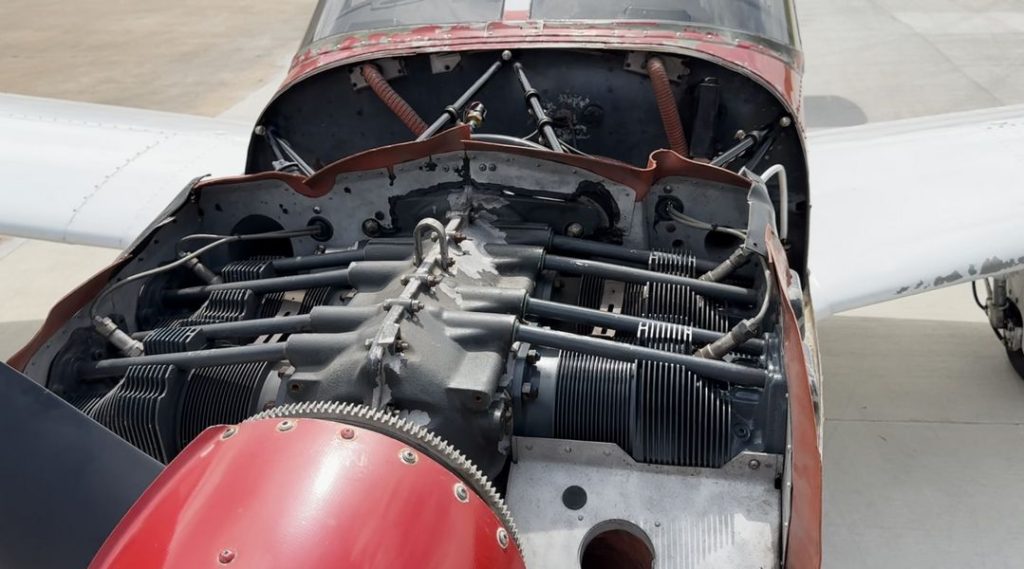
Help on this topic if you can by visiting our forum: Click Here.
Cherokee Cylinder Break-In Information Gap
There is a big problem in aviation that I have realized since I bought my own airplane. The problem is information gaps. While there are tons of blogs and videos of breaking in an engine, they all address the steps but not the expected behavior. This is very frustrating for me. I have searched high and low for cylinder head temperature guidance, but there is a net total of 0 out of a billion webpages and videos. At least I couldn’t find it.
Let’s look at why I’m interested in the cylinder head temperature on break-in.
When I started the break-in procedure, I motored over to the runway with the shortest possible taxi and run-up I could do (as per Lycoming). I was on the ground for less than 10 minutes. Full power, shallow climb, high rpms, up to 1,800 feet, and then two hours of circling the airport (in case there is a problem, you can land).
Again, you can see my 50 circles on the YouTube video I posted. The new cylinder runs very hot as it breaks in. On climb, it got all the way up to 440 degrees (Lycoming says not to let it get over 450). After leveling off, it came down to around 430, then 420 over the course of the first hour. The second hour it stabilized at around 418.
Information gap discussed on the forum: Click Here.
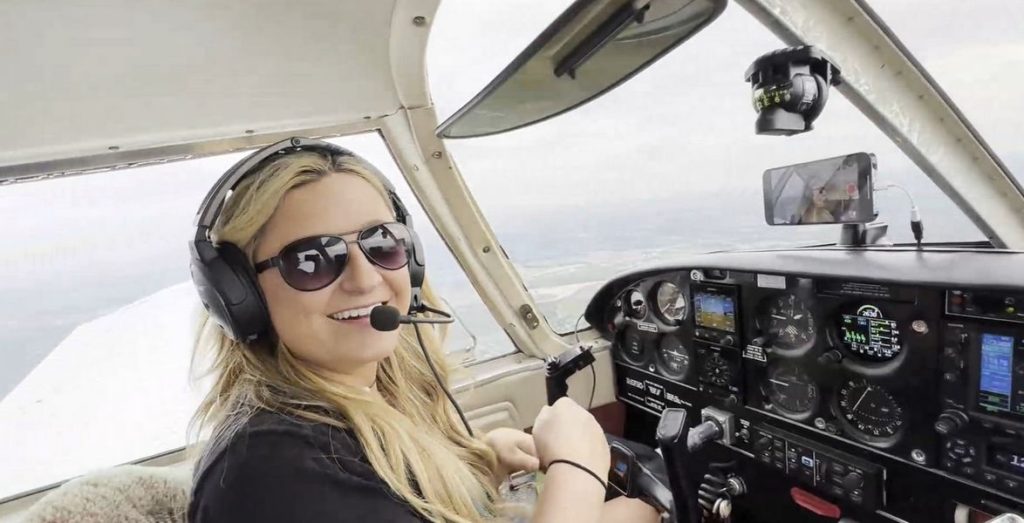
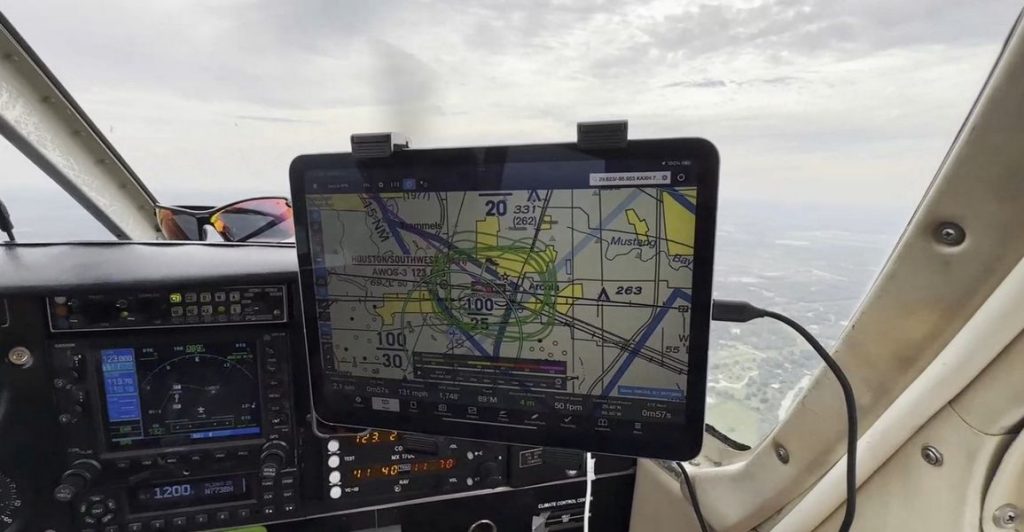
I landed, let the engine cool all the way down, then needed to fly back to my home airport, which is 10 minutes away. But you can’t fly a new cylinder for 10 minutes, you must go at LEAST one hour. I took back off on my 10-minute trip that took an hour (I flew randomly out and back) and kept my engine at high rpms again. This time, on shallow climb, my head temperature went up to around 430 (better than the initial 440), and then quickly came down to 417 degrees. All good signs. During break-in, you can’t go over 4,000 feet, so I kept Lil Red at 3,000 feet. After about 30 minutes, my head temperature came all the way down to 412 degrees and then would bounce between 412 and 418. An hour later I landed and called it a day, which gave the engine a chance to cool down all the way again.
Yesterday, I went on a 2-hour flight to do some more break-in. Very short taxi/run-up, takeoff (high rpms), shallow climb, up to 3,000 feet. I expected my cylinder to be cooler, but it jumped right up to 430 again, then came down to 412 in cruise and stayed there for most of the flight. It did eventually get as low as 410 one time, but for the most part it was between 411 – 417. Being five hours in on break-in, this seemed very high to me. The new cylinder is made of nickel and everything I have read says it should break in quickly.
Like I said earlier, I can find zero information out there about this being normal or abnormal. No one posts about their experience with cylinder head temperatures. I would expect at this point to be in the 300-degree range, but I just don’t know. Even my A&P thinks it should be lower. If the cylinder did glaze, I would have no idea how. I followed the Lycoming playbook to the letter!
Stay safe out there and thanks for letting me vent! 😊
~Kay
Kay Hall is a commercially rated pilot, instructor, and social media influencer. She owns a 1968 Piper Cherokee 180D that she named, “Lil Red.” Kay inspires people of all ages to learn more about aviation and has had a big impact on young folks that thought aviation was out of reach. You can learn more about Kay on her website at www.flywithkay.com
This Cherokee cylinder break-in article is exclusive to the Piper Owner Society. Separately, Kay Hall posts her videos on YouTube, as seen above. Help on this topic if you can by visiting our forum: Click Here.

